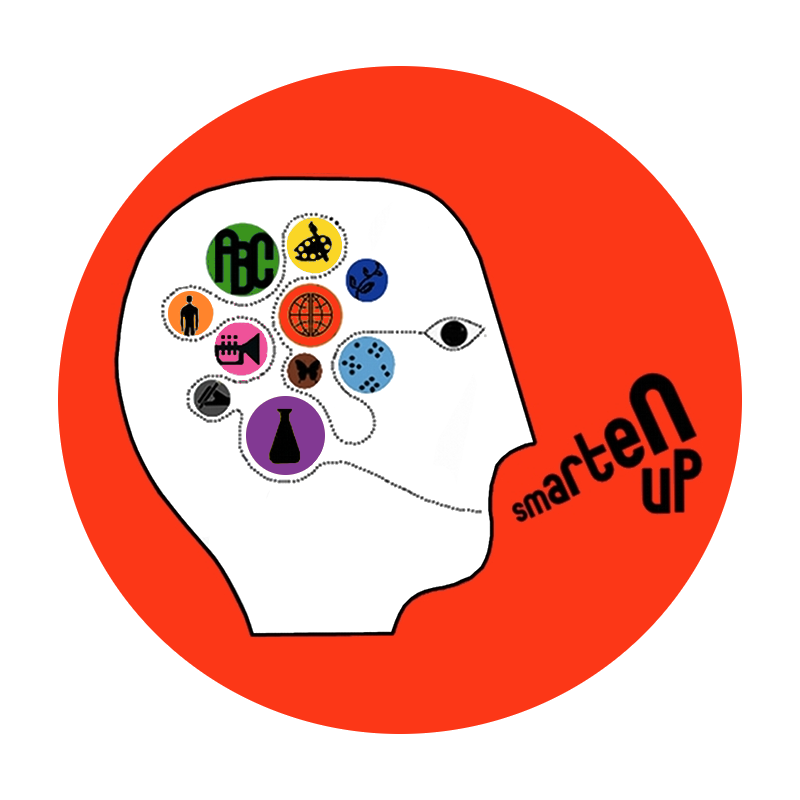By the time we reach middle and high school, what we learn is increasingly built on what we’ve learned before, reliant on the scaffolding of connections our brains have been constructing for us since we were crawling across colorful living-room carpets. But these connections, clusters of experience and information that help us make sense of the world, are still developing all the time — and the more that students can consciously access these categories of information and experience as they absorb new knowledge and master new tasks, the more confident and creative they will become. One of Smarten Up’s core messages to students is that learning itself is a learnable process: that the skill of being a student can be developed through a set of reflective habits and creative practices.
Let’s consider the best habits for reading, a skill whose importance in the life of a student is hard to overstate. All of the work that students have done in elementary school to master the technical building blocks of reading fluency pays off as reading becomes a critical skill across disciplines, from biology to history, and from foreign languages to English literature. By this time, the decoding process has become more automatic, and students can put a larger share of their brainpower toward constructing meaning, analyzing connections, and processing information. While many of us remember ‘learning to read’ as young children, it is at this stage in our academic careers that we learn to read critically and deeply.
There are concrete steps that will improve students’ ability to go past knowledge into understanding — this active reading checklist is a good place to start, with habits for before, during, and after reading. This is also where reflecting on the way we read different types of texts can be useful. There is a clear difference between reading and writing poetry, and reading biographies of historical figures. Students should be able to approach each task with a strategy that fits its specific needs, while also recognizing the connections between distinct tasks and subject areas so that they’re not reinventing the wheel every time they approach a reading or writing assignment. One starting place is to ask: How does this content relate to what I already know? Or: how does this assignment resemble other tasks I’ve tackled in the past?
When students consider these questions, they activate prior knowledge that will shape how they understand the new content. Students should also consider, as they read, other connections they can activate to enrich the perspective they’re bringing to the text, and make the information stickier in their memory. Consider text-to-text, text-to-self, and text-to-world connections. How does Hamlet’s relationship with his uncle compare to the bonds in your own extended family? Hopefully, not too closely! Can you think of any links to the often melodramatic history of royal households in medieval Europe, or the family politics in your favorite television series? What songs would you put on a moody Hamlet playlist? Ultimately, the takeaway is simple: the more that we bring with us to the reading process, the more we get out of it.
